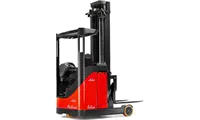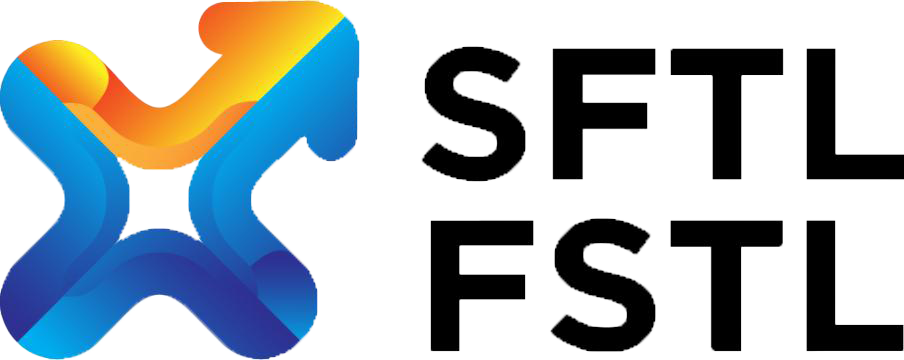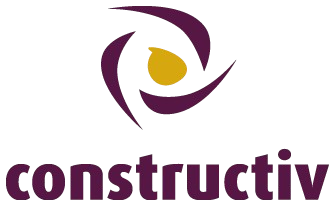What is a reach truck:
On the reach truck, the forks and mast can be moved forward and backward by means of a hydraulic cylinder.
The load can be taken up past the rear wheels (load or drag wheels) and pulled behind the front wheel for transport (above or between the rear wheels), improving stability and maneuverability. The driver of the reach truck sits transverse to the direction of travel so the construction of the unit is very compact. The rack aisles may also be narrower than for a conventional forklift.
Content:
This training includes 3 hours of theory in group and 1 to 5 hours of practice per participant. At Formaz training centers, several machines are available and practice is done in groups.
In-company at the employer’s premises, there are usually only 1 or 2 reach trucks available and practice is therefore done individually.
Theory:
- Summary of legislation
- Basic knowledge of ARAB, Codex, liabilities and responsibilities.
- Risks and accidents
- Be able to identify, analyze and control risks specific to the job and equipment and space.
- Safety regulations
- Knowing the safety regulations as there are: direction of travel, braking before turn, distance between reach trucks, use of safety cage, prohibition to take passengers, appropriate travel speed, regulations when coupling/disconnecting battery and in a loading station, travel height forks, position of mast according to load.
- Construction of reach trucks
- Know terms related to the construction of the reach truck: the battery, lift-off height, free lift, clearance height, mast types, turning radius and concept of explosion-proof reach truck.
- Load and charge diagram
- Know what factors affect the load and stability of the reach truck. Understand and be able to use charge diagrams.
- Working with the reach truck
- Know the elements that make up the starting check: hand brake, foot brake, hydraulic system testing, sound horn check, visual tire check, steering play, chain tension, forks. Pivot.
Practice:
- Be able to perform daily inspection reach truck correctly, recognize dangerous defects and report them.
- Apply correct mounting and dismounting technique and park the truck safely.
- Be able to use the controls correctly.
- Application of safety and traffic rules: defensive driving, interaction with people and other drivers.
- Be able to connect and disconnect batteries.
- Adopting a good driving technique: forward, backward. Pivot.
- Be able to perform the following maneuvers: turning and cornering forward and backward, passing in very narrow passages.
- Be able to estimate distances, depth and height.
- Correctly stack goods according to capacity of reach truck.
- Applying order and cleanliness.
- Being able to drive in specific conditions: narrow spaces.
- Be able to transport long, tall and bulky loads.
- Be able to work with at least 1 attachment.












